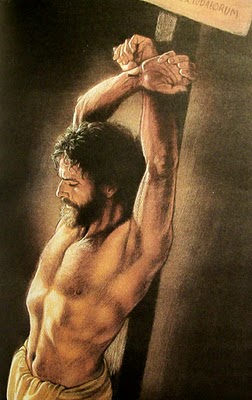Christians of Moddb
Hobbies & Interests
This group is exactly what the name implies. A group for people who are Christians. If you're a Christian then please join us. We're a place on ModDB for Christians to gather and talk. It's as simple as that.
From Yahoo answers, by Meemaw's Pride & Joy:
'The words "cross" and "crucify" are mistranslations, a "later rendering," of the Greek words stauros and stauroo. According to Vine's Expository Dictionary of New Testament Words, STAUROS denotes, primarily, an upright pole or stake. The shape of the two-beamed cross had its origin in ancient Chaldea and was used as the symbol of the god Tammuz. In the third century A.D., pagans were received into the apostate ecclesiastical system and were permitted largely to retain their pagan signs and symbols.
According to The Companion Bible, crosses were used as symbols of the Babylonian Sun-god. The evidence is complete; the Lord was put to death upon an upright stake, not on two pieces of timber placed at an angle.
According to Encyclopaedia Britannica, in the Egyptian churches the cross was a pagan symbol of life borrowed by the Christians and interpreted in the pagan manner.
According to Greek dictionaries and lexicons, the primary meaning of stauros is an upright pale, pole, or stake. The secondary meaning of "cross" is admitted to be a "later" rendering. In spite of the evidence, almost all common versions of the Scriptures persist with the Latin Vulgate's crux (meaning cross) as the rendering of the Greek stauros.
The most accepted reason for the "cross" being brought into Messianic worship is Constantine's famous vision of "the cross superimposed on the sun" in A.D. 312. What he saw is nowhere to be found in Scripture. Even after his so-called "conversion," his coins showed an even-armed cross as a symbol for the Sun-god. Many scholars have doubted the "conversion" of Constantine because of the wicked deeds that he did afterwards...'
More:
Answers.yahoo.com
Another article:
Robertangle.com






Yes yes. I know all about this. My father is a Jehova's Witness and they all believe that it was a stake not a cross as well.
I personally don't know. I don't think that anyone can ever know for certain either way. But, I also don't think it really matters. It doesn't change Christ's deeds or his sacrafice at all.